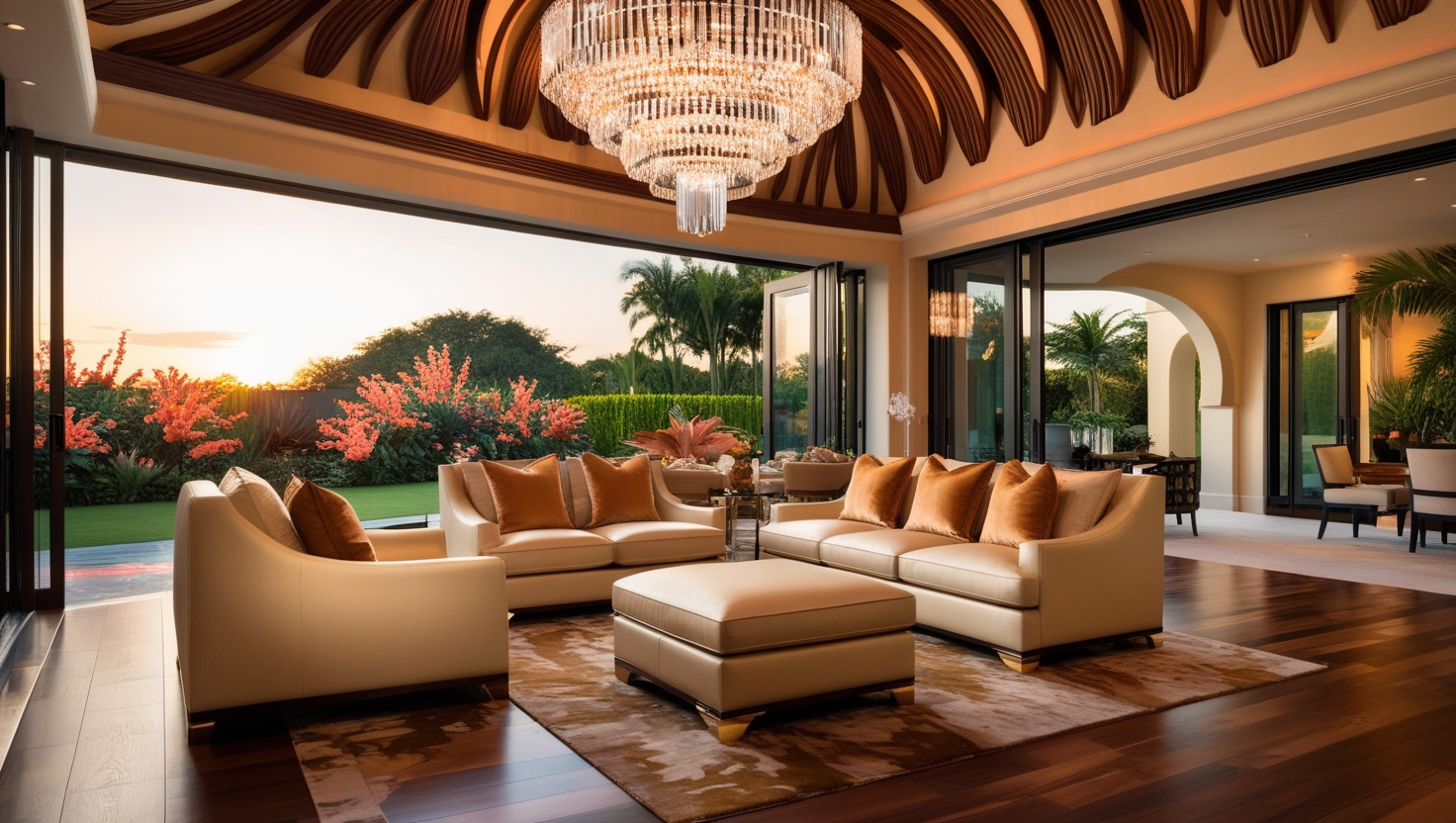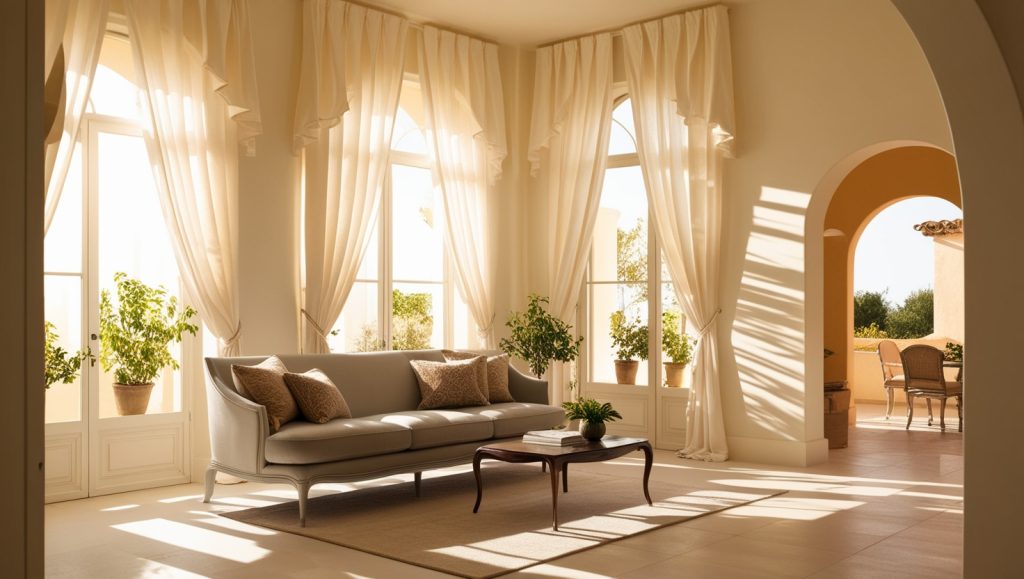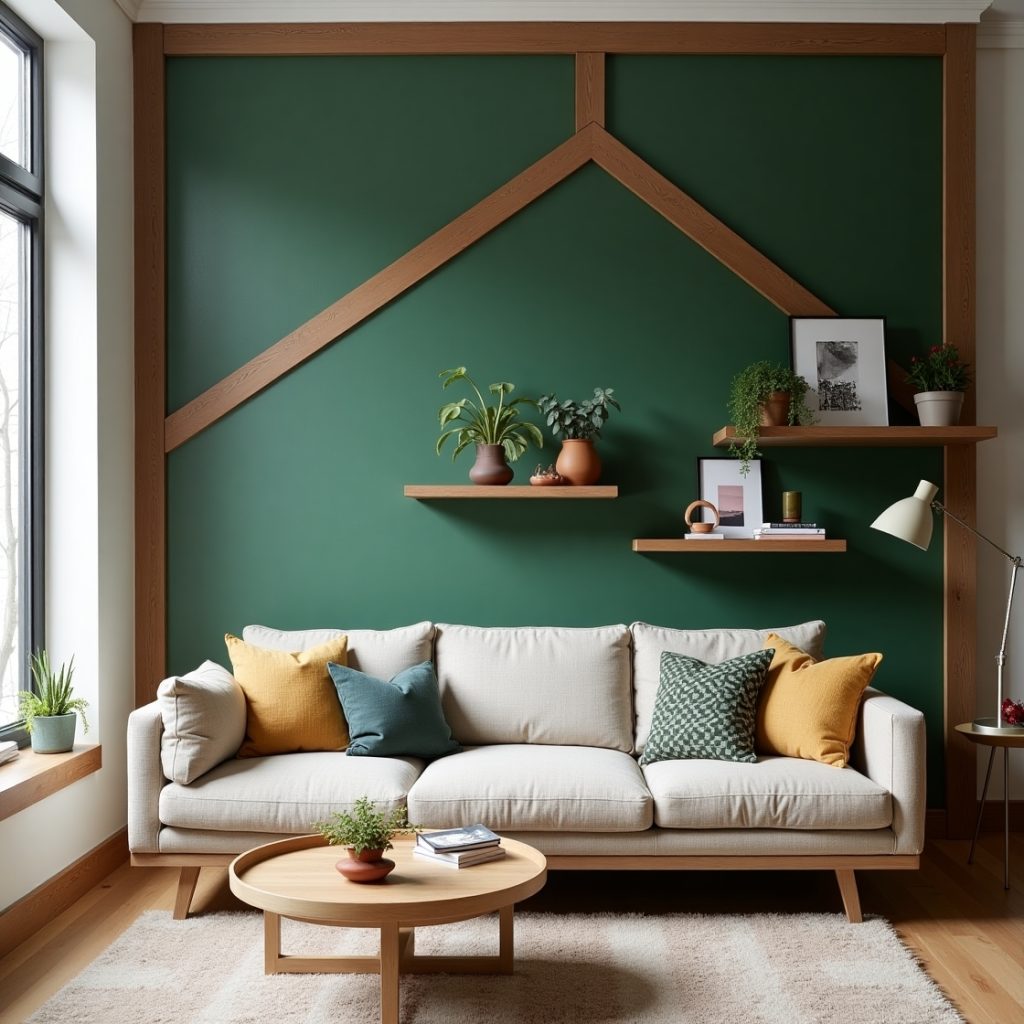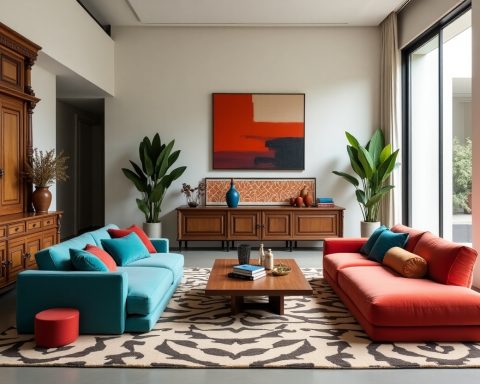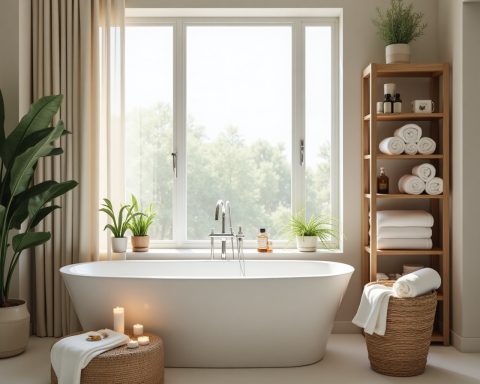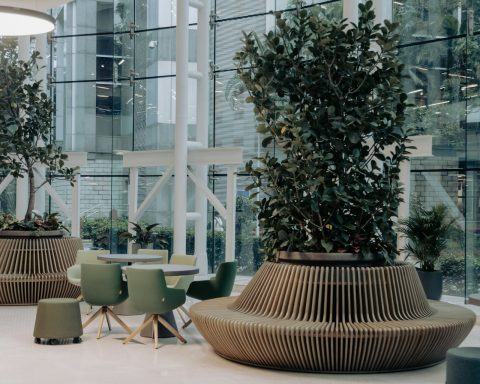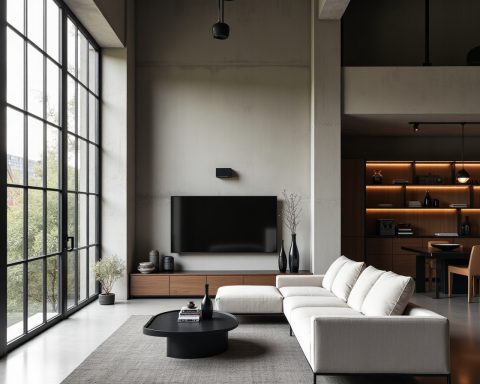In the ever-evolving world of interior design, countless elements come together to create a harmonious and visually captivating space. From furniture and flooring to wall colors and lighting, each component is meticulously considered to reflect personality, purpose, and style. However, one essential element is often overlooked, despite its significant impact on both aesthetics and psychology—the ceiling. Commonly referred to as the fifth wall, the ceiling holds untapped design potential that can dramatically transform a room’s ambiance, perception of space, and emotional energy.
Whether you’re designing a cozy bedroom, an elegant living room, or a modern office, the ceiling plays a vital yet subtle role in defining how a space feels and functions. Its height, color, texture, lighting, and material all contribute to our subconscious interpretation of the environment. While most homeowners and designers focus on the walls, floors, and furniture, the ceiling remains a quiet influencer—shaping the mood, acoustics, and spatial dynamics of any room. Understanding the psychological impact of ceiling design can open the door to more thoughtful, balanced, and immersive interiors.
In this comprehensive exploration, we’ll delve into the psychology of ceilings, uncovering why this often-neglected surface deserves much more attention in modern interior design. From ceiling height and color theory to lighting integration and acoustic influence, you’ll learn how elevating the fifth wall can elevate your entire space.
The Psychological Impact of Ceiling Height
Ceiling height is a fundamental element of spatial psychology. According to various environmental psychology studies, the height of a ceiling directly affects cognitive and emotional behavior.
- High ceilings evoke feelings of freedom, grandeur, and open-minded thinking. They are often found in cathedrals, museums, and upscale homes because they symbolize luxury and airiness. Such environments encourage creative thinking and abstract reasoning.
- Low ceilings, on the other hand, foster feelings of coziness, security, and focus. They are common in workspaces, apartments, and small bedrooms, where the goal is often concentration and comfort.
Designing with this in mind means tailoring ceiling heights to the intended psychological outcome of the space. An office might benefit from a lower ceiling to boost productivity, while a living room may feel more inviting with a higher one.
Color Psychology and Ceilings
Color choices on ceilings can dramatically transform a room’s ambiance. This psychological effect stems from how we perceive colors in relation to spatial boundaries.
- White or off-white ceilings create an illusion of space and light, pushing the ceiling upward visually and making the room feel more expansive.
- Dark-colored ceilings create depth and intimacy, drawing the ceiling closer and wrapping the room in a cocoon-like effect. These tones are perfect for theaters, reading nooks, or intimate lounges.
- Colored ceilings that match or contrast walls can manipulate visual dimensions. For example, a blue ceiling can mimic the sky, instilling calm and openness, while warm tones like terracotta or gold add warmth and richness.
Ceiling color isn’t just decoration—it’s a powerful psychological tool that influences our emotions, energy levels, and even temperature perception.
Texture and Material: Tactile Psychology Above
Texture plays a pivotal role in sensorial perception. Ceilings with texture—whether through exposed beams, coffered patterns, pressed tin tiles, or wooden paneling—trigger tactile imagination, even when untouched.
- Smooth ceilings provide a clean, modern aesthetic, ideal for minimalist and contemporary styles.
- Textured ceilings offer a sense of history, craftsmanship, and depth, stimulating feelings of comfort and authenticity.
- Wooden ceilings bring warmth, while metal or glass materials add sleekness and a high-tech feel.
The ceiling’s material speaks volumes about the emotional message the room is trying to convey.
Lighting: The Ceiling’s Best Ally
Lighting, when integrated thoughtfully with the ceiling, becomes more than functional—it becomes transformative.
- Recessed lighting provides a subtle and clean look, enhancing modern aesthetics without visual clutter.
- Pendant lights and chandeliers make bold design statements, especially in rooms with high ceilings. They draw the eyes upward, highlighting the fifth wall’s presence.
- Cove lighting and indirect light create an ethereal, soft glow that manipulates how we perceive space and height.
The ceiling acts as a canvas for light, shaping shadows and highlights that affect mood and depth perception. It’s a symbiotic relationship—well-planned lighting elevates the ceiling’s design, while a well-treated ceiling enhances the impact of light.
Cultural Symbolism and Ceilings
Historically, ceilings have been platforms for cultural expression. From the ornate frescoes of Renaissance cathedrals to intricate Islamic geometric patterns, ceilings have long been a place of storytelling, divinity, and artistry.
Even today, applying murals or patterns to a ceiling can subconsciously link a space to higher ideals, spiritual balance, or artistic heritage. In homes, a statement ceiling can reflect a person’s personality and values, subtly expressing uniqueness in a way that’s not overt but profoundly felt.
Acoustic Control and the Fifth Wall
Beyond aesthetics, ceilings play a major role in sound control. The acoustics of a room depend heavily on how the ceiling reflects or absorbs sound.
- Acoustic ceiling tiles are common in offices, schools, and auditoriums to reduce echo and improve clarity.
- Vaulted or domed ceilings can cause reverberation, creating a sense of grandeur or spirituality, often used in places of worship.
- Soft ceiling materials (such as fabric, cork, or acoustic foam) absorb sound waves, making spaces feel quieter and more controlled.
When designing spaces for comfort, productivity, or relaxation, the aural environment—heavily shaped by the ceiling—cannot be ignored.
Ceilings and Spatial Identity
A ceiling defines the identity of a space just as much as any piece of furniture or wall color. A room with an intentionally designed ceiling creates an emotional narrative. It suggests purpose. A high, vaulted ceiling with exposed beams tells a story of rustic heritage or loft-style modernity, while a smooth, monochrome ceiling may indicate simplicity and clarity.
Using the ceiling to frame spaces (through tray designs, drop ceilings, or contrasting borders) can guide the eye, distinguish areas within open-plan spaces, and anchor focal points such as beds, dining tables, or reading chairs.
Modern Trends in Ceiling Design
Interior designers and architects are giving ceilings the attention they deserve through innovative trends like:
- Wallpapered ceilings for a bold design twist
- Painted patterns or murals to inject personality
- Floating or layered ceilings that play with depth and light
- Skylights and glass ceilings for a connection with nature
- Smart ceilings with built-in sensors, speakers, or climate control
These trends not only reflect technological and stylistic evolution but emphasize how the ceiling has become an integral part of holistic design thinking.
Conclusion: Elevate the Fifth Wall
In every space we design, the ceiling is not just a surface to ignore—it’s a powerful emotional and psychological element. It influences how we think, feel, and function in a room. By acknowledging its role, we open up new possibilities for creative expression, emotional resonance, and spatial harmony.
Whether renovating a home, designing a commercial space, or simply refreshing a room, we must remember: the fifth wall deserves as much love as the rest. Let it speak, inspire, and transform.
